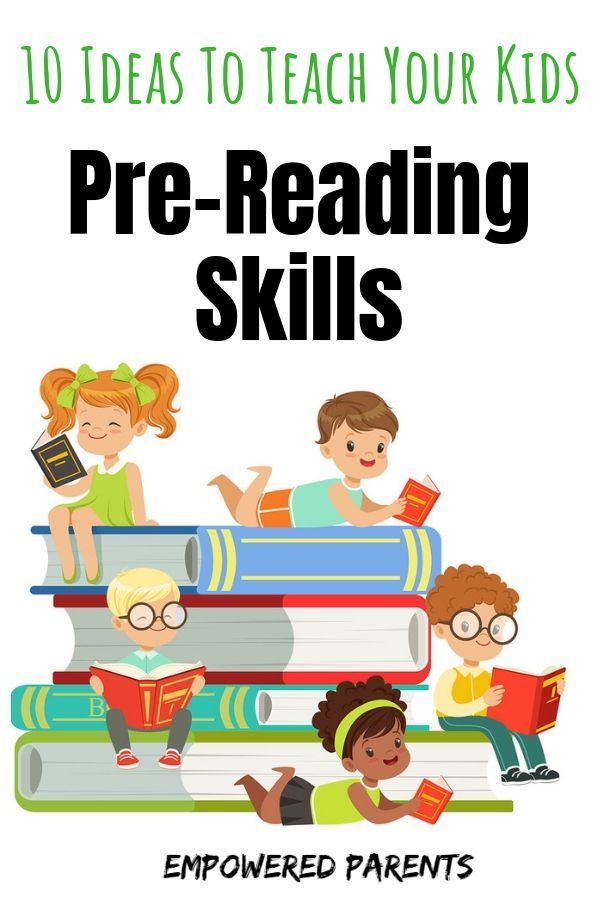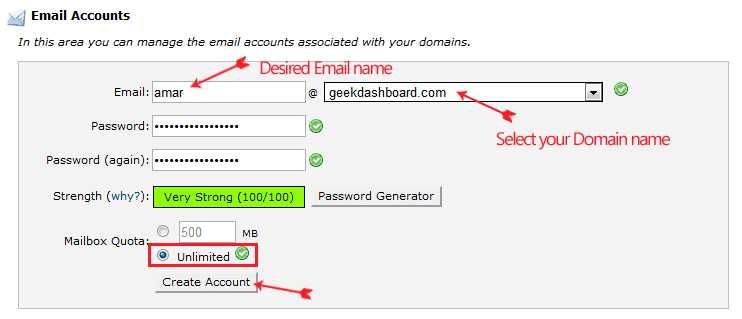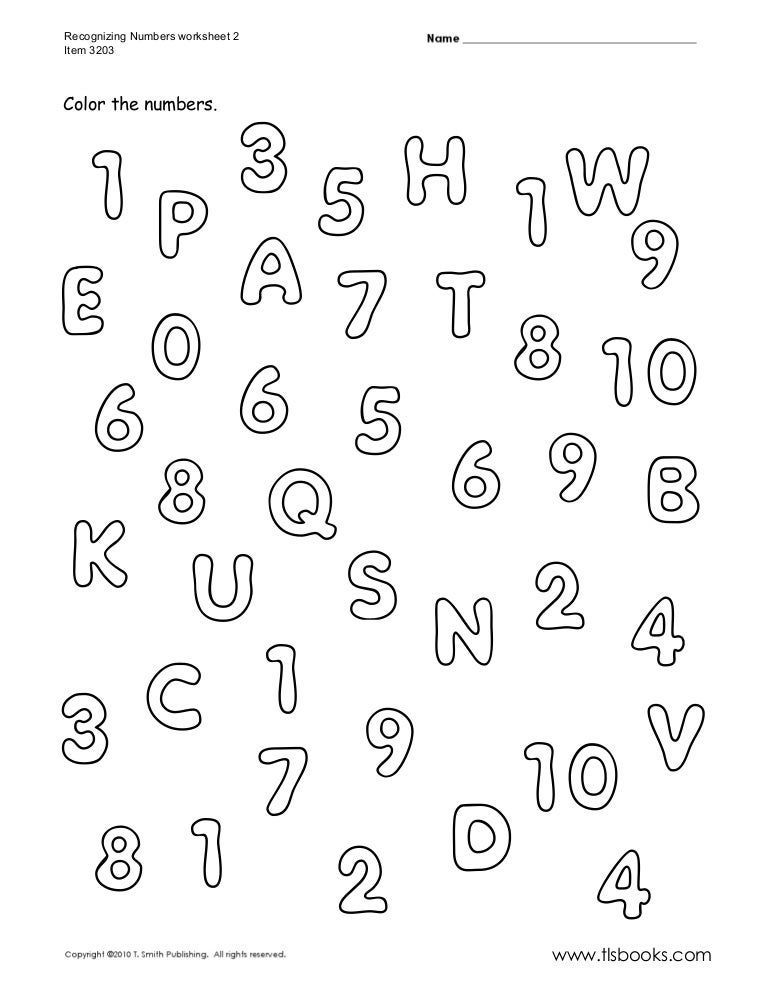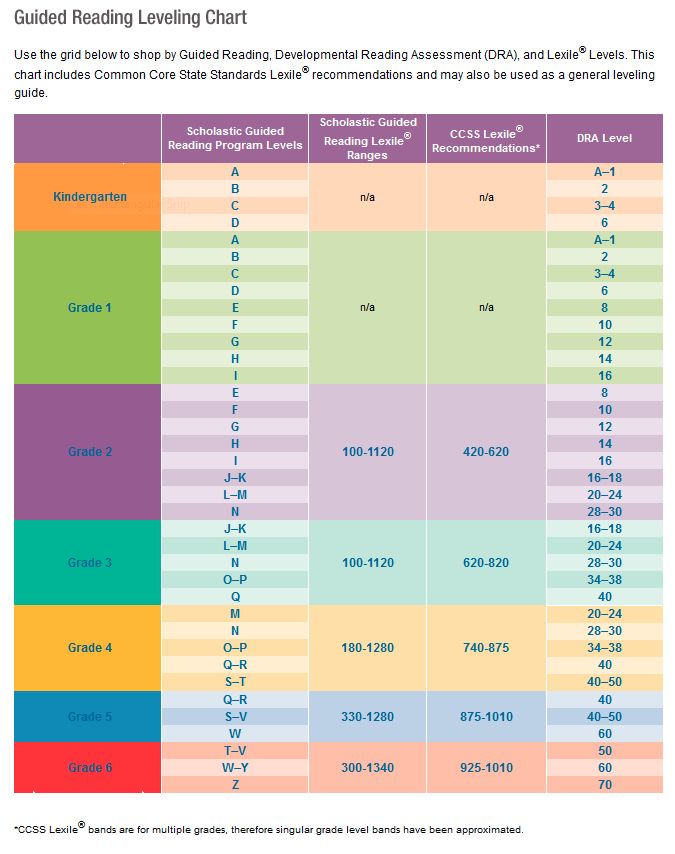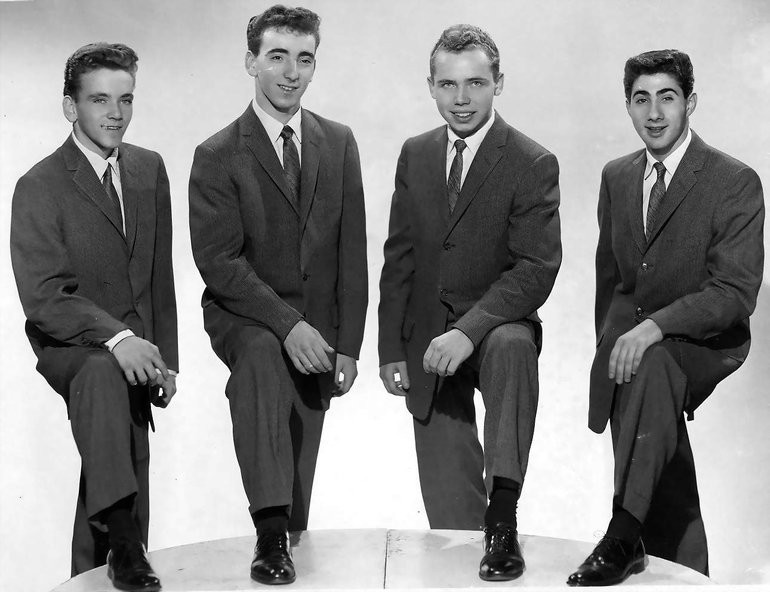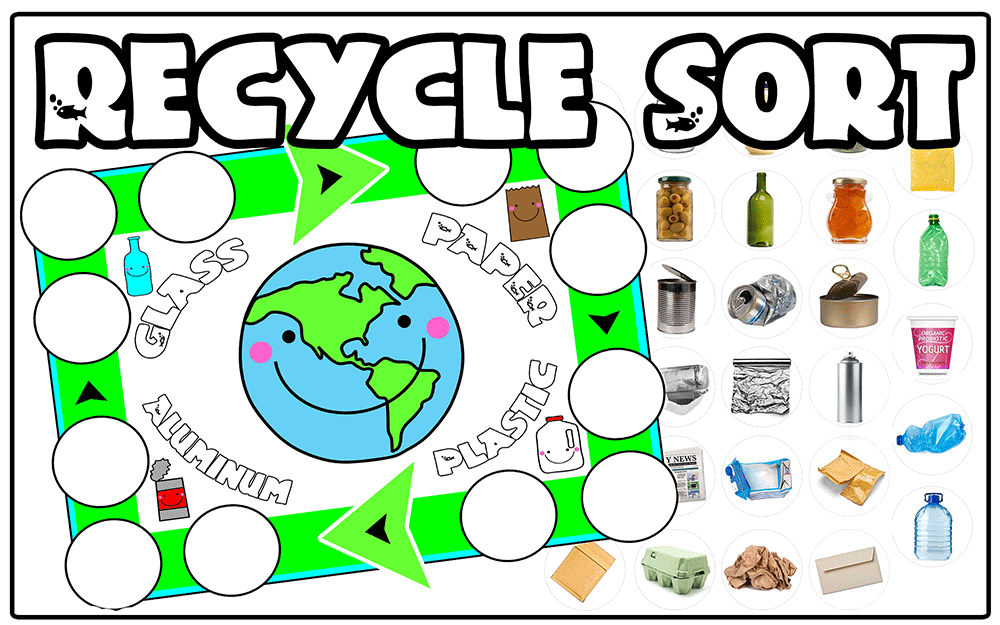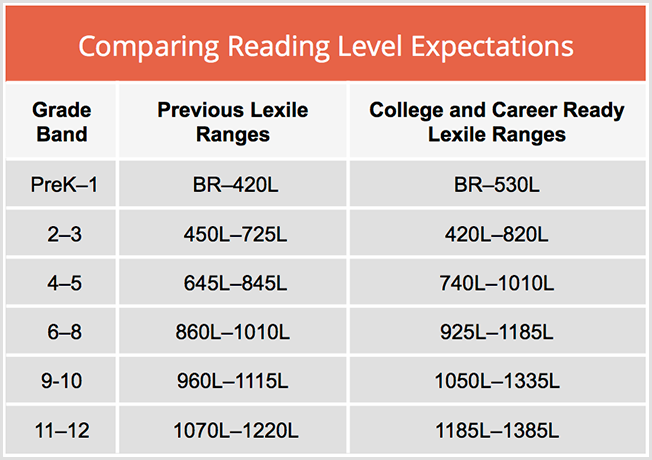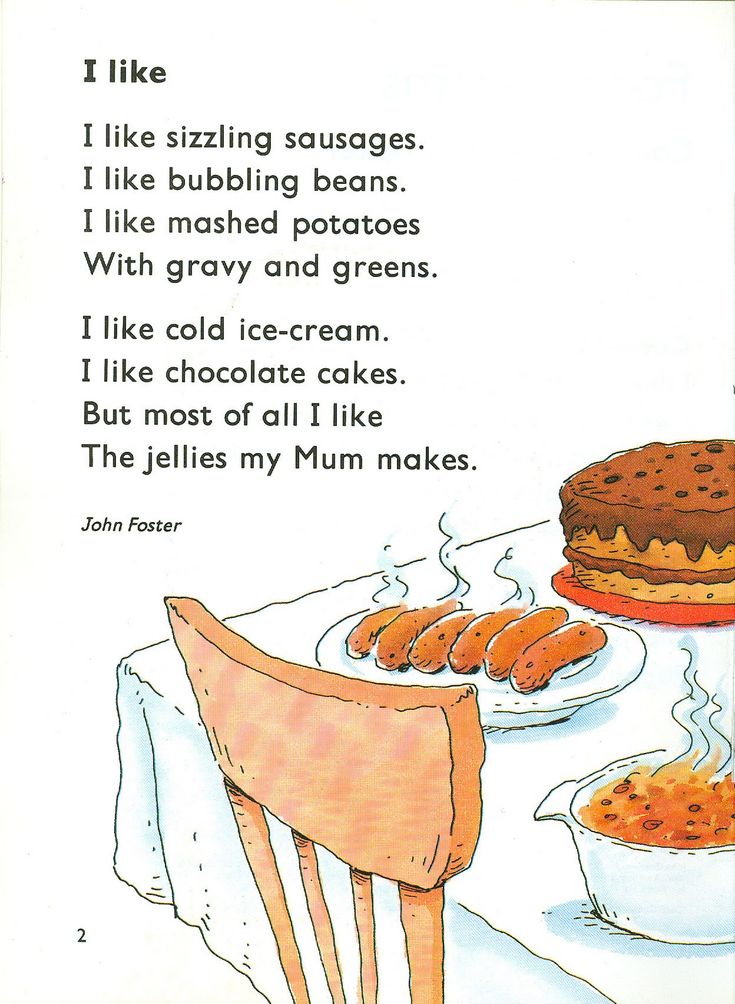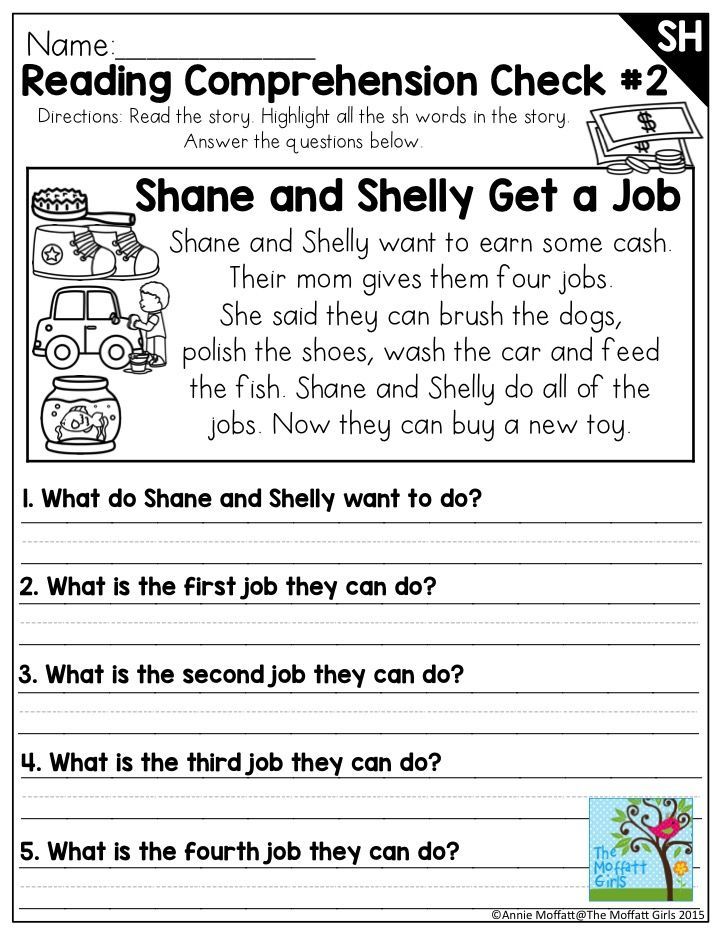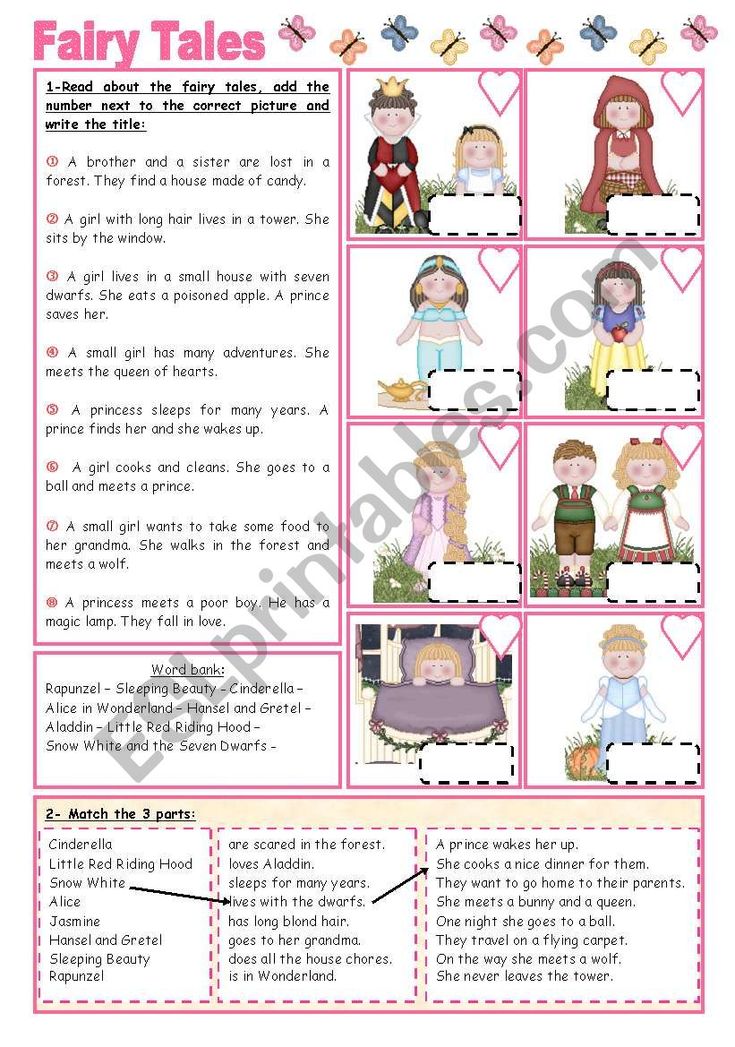Teach to kids
Comprehensive Courses - Teach & Kids Learn (TKL)
Product Description & Methodology
For teachers looking for highly engaging relevant online course offerings to earn formal credits toward re-licensure, recertification, salary advancement, and graduate credits.
TKL’s Comprehensive Courses leverage field-tested, research-based strategies, personalized practical solutions, digital collaboration, and critical reflection to transform their instructional practice.
We take an innovative approach to the design and delivery of effective, efficient, capacity-building professional development for teachers. Our online professional learning program blends essential learning theory with the practical real-world application necessary for today’s teachers.
Each learning opportunity is designed to support educators in making evolutionary changes to their instructional practice. Every teacher begins where they currently are within the course focus and then, through cycles of critical self-reflection and experiential, or in-classroom work, they focus on making positive changes to their practice.
Through the use of both formative and summative learning activities, participants are taken through a scaffolded approach to creating better learning classrooms for students.
Search Course Library & State Alignment
TKL provides a deep collection of comprehensive professional learning for teachers across all 50 states.
Search our course library and view your state’s professional development teacher requirements.
State AlignmentSearch CoursesRegister Now
CHALLENGES
Demand
Keeping up with the constantly changing state and district professional development requirements can be difficult and costly for schools.
Asset 44Scattered
Educators have difficulty carving out the necessary time finding high quality professional development opportunities to meet the ever changing directions and evolving instructional strategies districts and states are trying to achieve.
Asset 39Low Engagement
Current research shows that many professional development opportunities and resources being provided to teachers result in very little impact and low levels of teacher satisfaction.
Accessibility
Many professional development opportunities provided to teachers lack flexibility of time and instructional topic range, making it harder to truly engage in what can be transformative learning growth.
SOLUTIONS
Asset 40Purposeful
Pre-approved relevant instructional topics that are timely, up-to-date, and informed by current research and real user insights.
Applicable
As a pre-approved provider, teachers are provided a catalog of highly relevant course offerings to earn formal credits toward re-licensure, recertification, salary advancement, and graduate credits.
Impactful
TKL has a high teacher satisfaction rating with an over 90% course completion rate. All courses incorporate an innovative and effective learning approach that is designed and delivered using our transference learning methodology, developed over years of field research and application.
Convenience
Professional learning resources are available online for teachers to access 24/7 on an easy-to-use learning management system.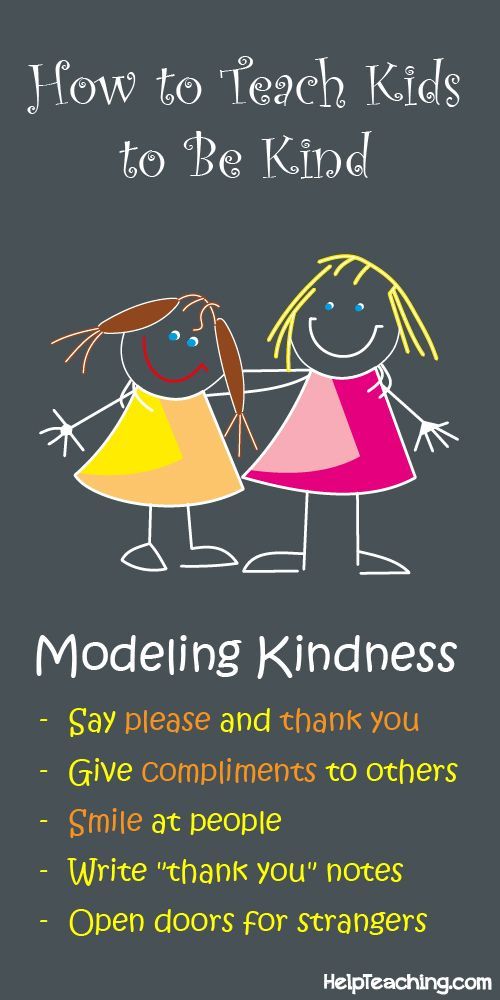 Teachers are provided a wide range of engaging and timely instructional courses which align with school, district and educator growth goals.
Teachers are provided a wide range of engaging and timely instructional courses which align with school, district and educator growth goals.
Testimonials
"I have every intention of turn-keying this PD to my math department as a way to develop our teachers and our students in strategies for solving math. I can’t wait for the upcoming year as I know this will make a huge improvement in my pedagogy, in student retention of information, in understanding and applying mathematics."
M. Wissa
Detroit, Michigan
"I want you to know again how in awe I am of the people who created this course. It’s so well-constructed, so well-conceived, you had me like a suspense novel. I have no doubt that my students will be so much better off than they would have been had I not taken this course."
V. Fastenau
Ashland University Graduate Participant
FEATURED COURSES
Best Practices for the Elementary Classroom, Grades PreK-5
The Best Practices course will offer teachers the insight of educators before them, evidence-based practices, and modern-day research of learning, teaching, and assessment.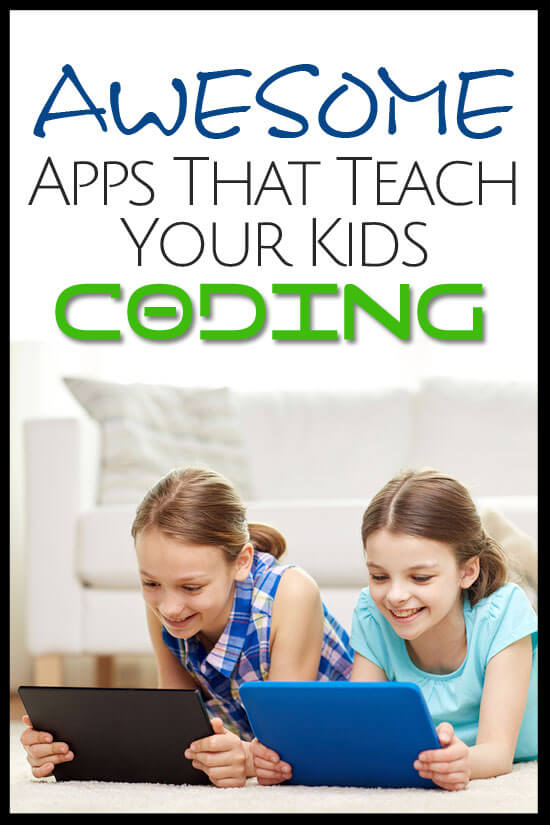 The course provides...
The course provides...
Read More
Get Started
Book a demoMicro Courses Program - Teach & Kids Learn (TKL)
Product Description & Methodology
Allow educators to take control of their professional learning journey with a more authentic and meaningful experience.The Micro Course Program is an innovative and cost-effective form of teacher professional learning focused on providing schools and districts with targeted, competency-based online professional development that supports all formal and informal teacher observation and classroom protocols.
Our catalog of competency-based Micro Courses provides a unique online experience that allows teachers to start their learning using a personalized, self-paced process, supported by TKL’s easy-to-use platform.
Micro Courses support evolutionary changes to a teacher’s instructional practice with a process that helps elevate current practices, instead of replacing them. Our program leverages field-tested, research-based strategies, personalized practical solutions, digital collaboration, and critical reflection to help schools and educators transform their instructional practices and improve classroom effectiveness. Set up your demo experience to learn more.
Our program leverages field-tested, research-based strategies, personalized practical solutions, digital collaboration, and critical reflection to help schools and educators transform their instructional practices and improve classroom effectiveness. Set up your demo experience to learn more.
Micro Courses can be taken individually, combined/stacked to provide teaching credentials opportunities, further enabling schools and districts to provide certificate pathway programs that allow educators to link compensation and other career advancement opportunities.
Make targeted changes on an accelerated timeline!Search Micro Course Library
Explore our catalog of competency-based Micro Courses available for teachers, schools, and districts.
Flexible and comprehensive enough to suit your unique teacher instructional needs.
Engage your teachers with a purpose-based professional learning experience.
Search Courses
CHALLENGES
Demand
Educators struggle to keep up with the changing societal and legal requirements.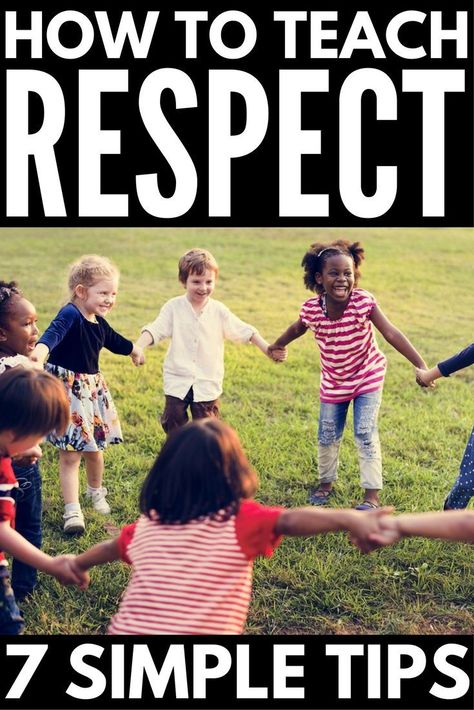
Time & Cost
Providing effective, personalized professional learning is a stress on districts, schools, and teachers alike.
Quality
There are many online learning solutions, but few that offer research-backed solutions for tangible change.
Accessibility
Traditional programs make it difficult to access quality professional learning and resources.
SOLUTIONS
Purposeful
Timely, up-to-date learning materials informed by research and real user insights.
Fast & Affordable
Affordable, immediate access to the highest quality skill-based professional learning available.
Personalized
Professional learning aligned with your unique needs and requirements.
ScalableAsset 35Scalable
Easily achieve compliance on a school and district-wide scale through our digital learning management system.
Testimonials
"I would definitely recommend this program to my colleagues. The population of students with attention deficits seems to be on a rise.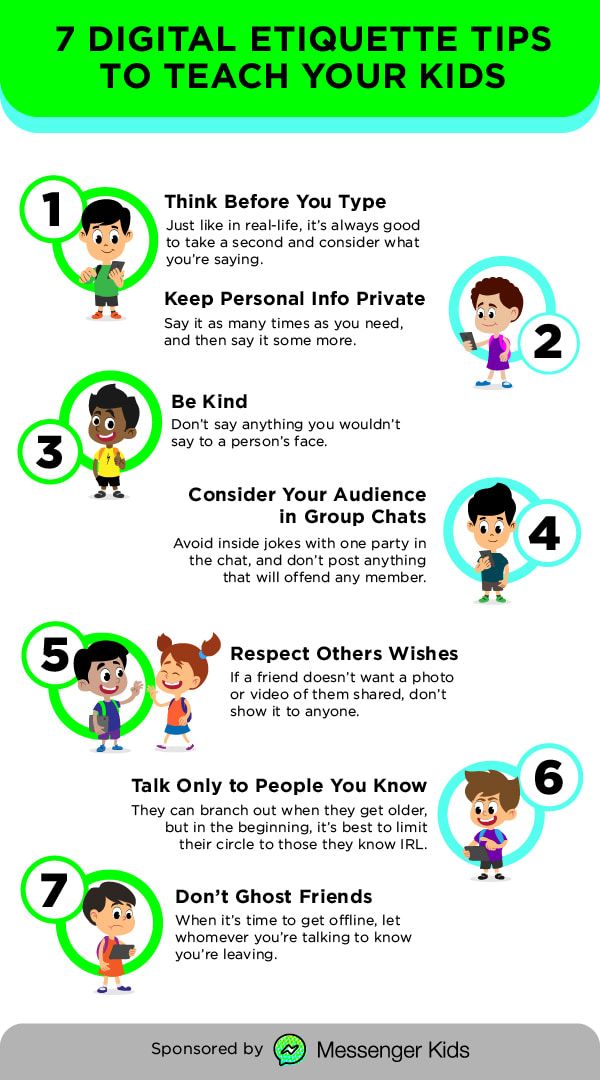 Thinking back to conversations I have had with my colleagues I think this program will definitely help teachers to have a better understanding and idea of how to improve their own teaching."
Thinking back to conversations I have had with my colleagues I think this program will definitely help teachers to have a better understanding and idea of how to improve their own teaching."
Evanthia V.
"I REALLY enjoyed the assignments that were provided in this course. I am in my fifth year of teaching and at what one would consider the “breaking point,” so these assignments put things into perspective for me at the time I needed it most."
Andrea J.
"Absolutely enjoyed this program! I felt like the resources were hitting me on a personal level being that I was considering resigning from this career. This program gave me hope, resources, and definitely boosted my teacher morale."
Nerline P.
FEATURED COURSES
Thoughtful Discourse to Support Deep Understandings
The primary goal of this course will be for participants to identify how 21st century classrooms are transformationally different than traditional classrooms and will identify key characteristics.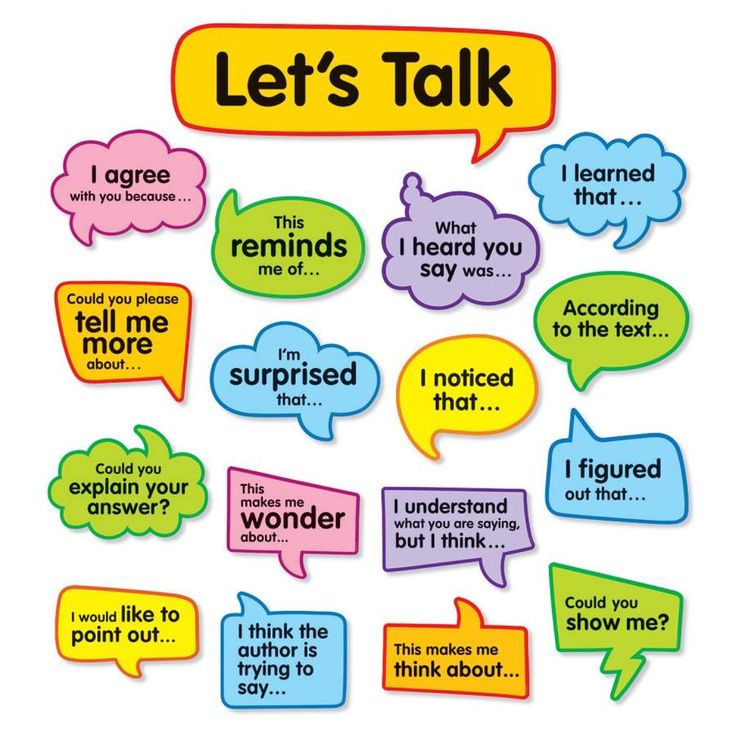 ..
..
Read More
Get Started
Book a DemoHow to teach a child to read: techniques from an experienced teacher
At what age should you start teaching a child to read
Speech therapist Naya Speranskaya believes that the optimal age at which you can gradually start learning to read is 5.5 years.
“But still, the starting point for the first steps in this matter should be not a specific age, but the child himself. There are children who are ready to master the skill as early as 3-4 years old, and there are those who "mature" closer to grade 1. Once I worked with a boy who could not read at 6.5 years old. He knew letters, individual syllables, but he could not read. As soon as we began to study, it became clear that he was absolutely ready for reading, in two months he began to read perfectly in syllables, ”said Speranskaya. nine0005
How to teach a child to read quickly and correctly
The first thing you need to teach your baby is the ability to correlate letters and sounds.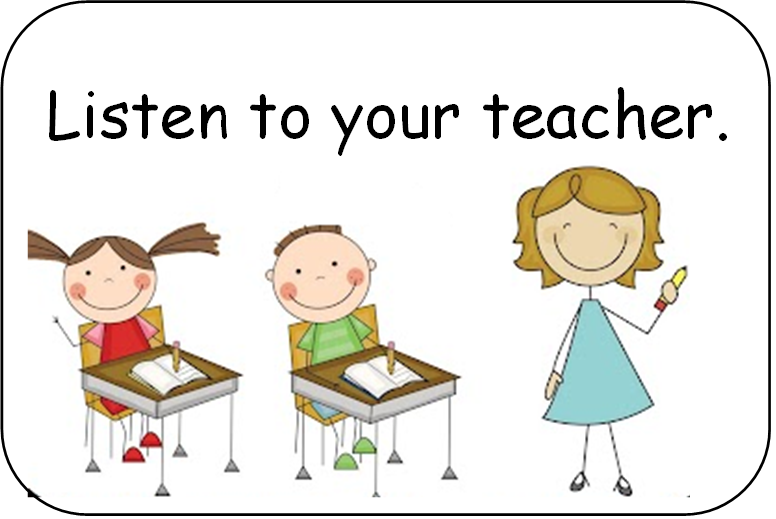 “In no case should a child be taught the names of letters, as in the alphabet: “em”, “be”, “ve”. Otherwise, training is doomed to failure. The preschooler will try to apply new knowledge in practice. Instead of reading [mom], he will read [me-a-me-a]. You are tormented by retraining, ”the speech therapist warned.
“In no case should a child be taught the names of letters, as in the alphabet: “em”, “be”, “ve”. Otherwise, training is doomed to failure. The preschooler will try to apply new knowledge in practice. Instead of reading [mom], he will read [me-a-me-a]. You are tormented by retraining, ”the speech therapist warned.
Therefore, it is important to immediately give the child not the names of the letters, but the sounds they represent. Not [be], but [b], not [em], but [m]. If the consonant is softened by a vowel, then this should be reflected in the pronunciation: [t '], [m'], [v '], etc. nine0005
To help your child remember the graphic symbols of letters, make a letter with him from plasticine, lay it out with buttons, draw with your finger on a saucer with flour or semolina. Color the letters with pencils, draw with water markers on the side of the bathroom.
“At first it will seem to the child that all the letters are similar to each other. These actions will help you learn to distinguish between them faster, ”said the speech therapist.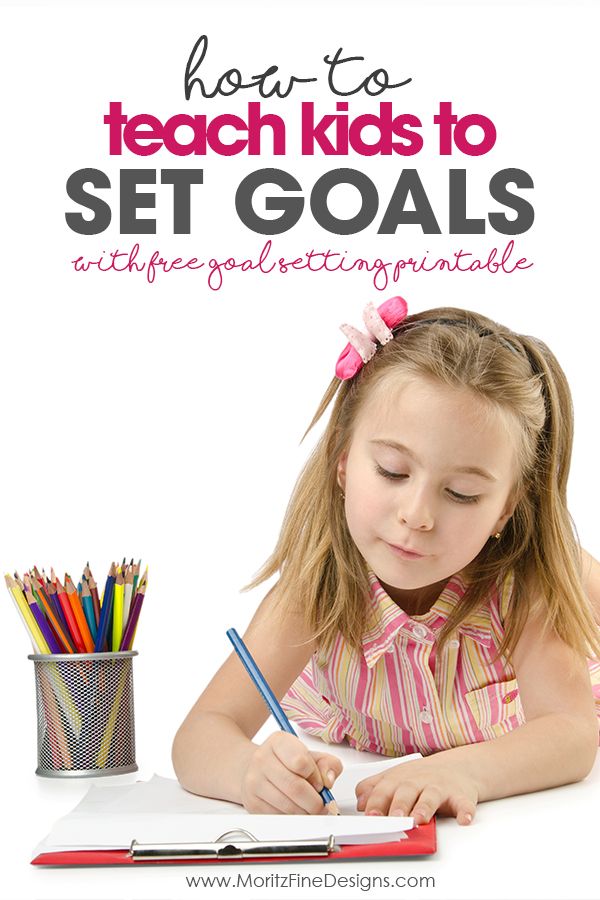
As soon as the baby remembers the letters and sounds, you can move on to memorizing syllables. nine0005
close
100%
How to teach your child to join letters into syllables
“Connecting letters into syllables is like learning the multiplication table. You just need to remember these combinations of letters, ”the speech therapist explained.
Naya Speranskaya noted that most of the manuals offer to teach children to read exactly by syllables. When choosing, two nuances should be taken into account:
1. Books should have little text and a lot of pictures.
2. Words in them should not be divided into syllables using large spaces, hyphens, long vertical lines. nine0005
“All this creates visual difficulties in reading. It is difficult for a child to perceive such a word as something whole, it is difficult to “collect” it from different pieces. It is best if there are no extra spaces or other separating characters in the word, and syllables are highlighted with arcs directly below the word, ”the speech therapist explained.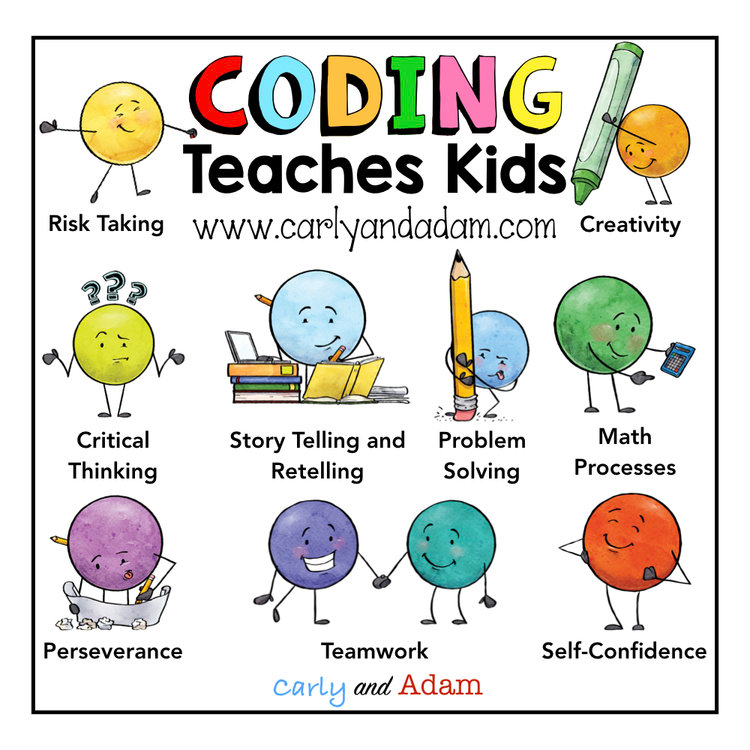
According to Speranskaya, cubes with letters are also suitable for studying syllables - playing with them, the child will quickly remember the combinations.
Another way to gently help your child learn letters and syllables is to print them in large print on paper and hang them all over the apartment. nine0005
“Hang them on the fridge, on the board in the nursery, on the wall in the bathroom. When such leaflets are hung throughout the apartment, you can inadvertently return to them many times a day. Do you wash your hands? Read what is written next to the sink. Is the child waiting for you to give him lunch? Ask him to name which syllables are hanging on the refrigerator. Do a little, but as often as possible. Step by step, the child will learn the syllables, and then slowly begin to read,” the specialist said.
Speranskaya is sure that in this way the child will learn to read much faster than after daily classes, when parents seat the child at the table with the words: “Now we will study reading . ..”
..”
“If it is really difficult for you to give up such activities, then pay attention that the nervous system of preschoolers is not yet ripe for long and monotonous lessons. Children spend enormous efforts on the analysis of graphic symbols. Learning to read for them is like learning a very complex cipher. Therefore, it is necessary to observe clear timing in such classes. At 5.5 years old, children are able to hold attention for no more than 10 minutes, at 6.5 years old - 15 minutes. That's how long one lesson should last. And there should be no more than one such “lessons” a day, unless, of course, you want the child to lose motivation for learning even before school,” the speech therapist explained. nine0005
How to properly explain to a child how to divide words into syllables
When teaching a child to divide words into syllables, use a pencil. Mark syllables with a pencil using arcs.
close
100%
“Take the word dinosaur. It can be divided into three syllables: "di", "but", "zavr".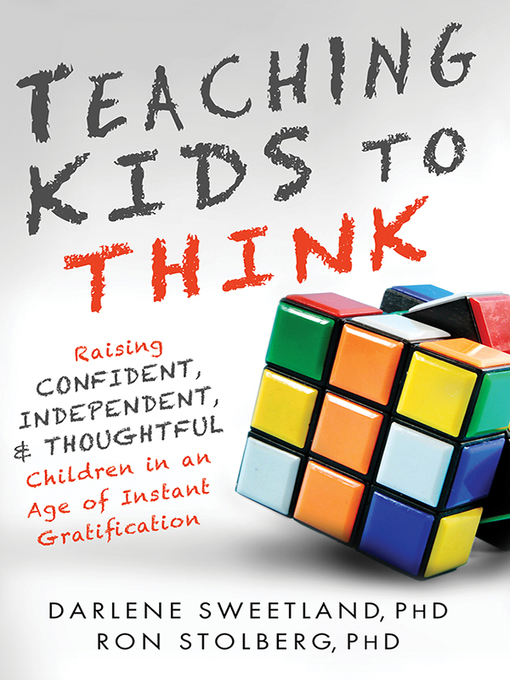 The child will read the first syllables without difficulty, but it will be difficult for him to master the third. The kid cannot look at three or four letters at once. Therefore, I propose to teach to read not entirely by syllables, but by the so-called syllables. This is when we learn to read combinations of consonants and vowels, and we read the consonants separately. For example, we will read the word "dinosaur" like this: "di" "but" "for" "in" "p" The last two letters are read separately from "for". If you immediately teach a child to read by syllables, he will quickly master complex words and move on to fluent reading, ”the speech therapist is sure. nine0005
The child will read the first syllables without difficulty, but it will be difficult for him to master the third. The kid cannot look at three or four letters at once. Therefore, I propose to teach to read not entirely by syllables, but by the so-called syllables. This is when we learn to read combinations of consonants and vowels, and we read the consonants separately. For example, we will read the word "dinosaur" like this: "di" "but" "for" "in" "p" The last two letters are read separately from "for". If you immediately teach a child to read by syllables, he will quickly master complex words and move on to fluent reading, ”the speech therapist is sure. nine0005
In a text, syllables can be labeled in much the same way as syllables. Vowel + consonant with the help of an arc, and a separate consonant with the help of a dot.
Naya Speranskaya gave parents a recommendation to memorize syllables/syllable fusions for as long as possible, and move on to texts only when the child suggests it himself.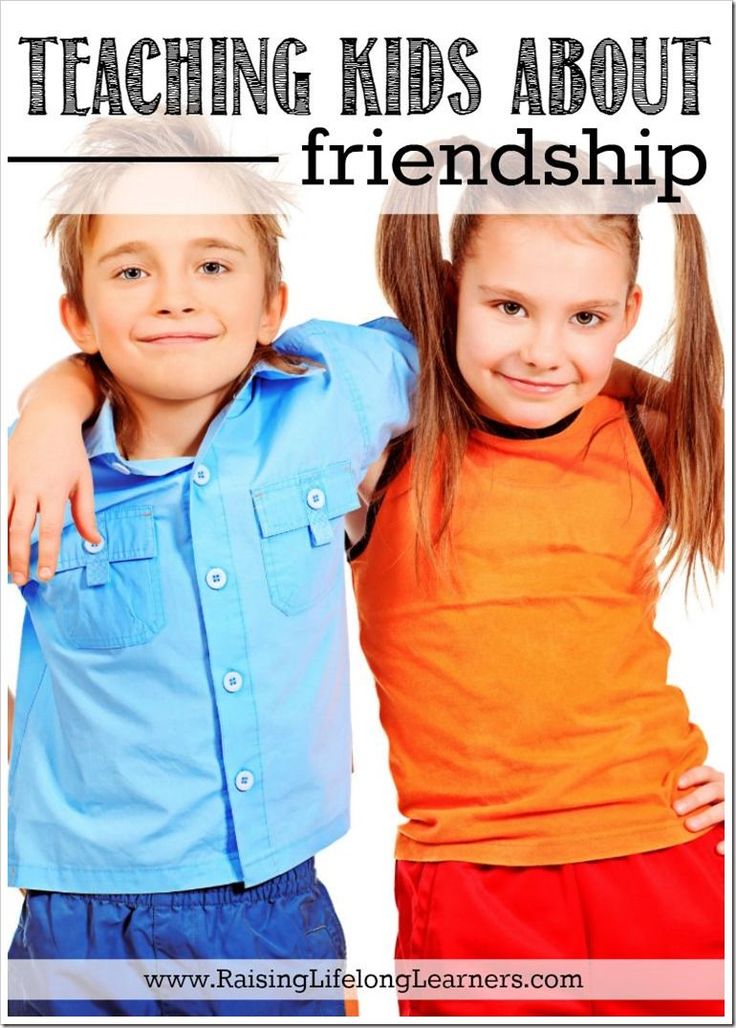
“If a preschooler is not eager to read, then there is no need to put pressure on him. Automate syllables. Take your time. Learning should take place gradually, from simple to complex. The reading technique develops over time, ”added Speranskaya. nine0005
Another important clarification from the speech therapist: when the child begins to read words and then sentences, parents need to clarify the meaning of what they read.
“The child reads the word “mom”, after that you ask the question: “what does it mean that you just read it”,” the speech therapist shared, “It is necessary that the child not only reads well, but also feels the meaning of what he read. Unfortunately, it is not uncommon to meet children who “spell” entire texts, but are not able to explain what they are about.” nine0005
Naya Speranskaya recommended the following manuals for home schooling:
1. A book to start learning to read - a set of Bezrukov O. A. Kalenkova O. N. "Lessons of Russian literacy", publishing house "Russian Rech"
2. Posters for teaching reading and letter of V. G. Dmitriev, publishing house "AST"
Posters for teaching reading and letter of V. G. Dmitriev, publishing house "AST"
3. "Come on, letter, respond!" Kolesnikova E.V., workbook
4. Books from the series "We read ourselves" by the publishing house "Vakosha"
How to teach a child to read: important rules and effective methods
October 26, 2022 Likbez Education
Teaching a preschooler to read without losing interest in books is real. Lifehacker has selected the best ways for responsible parents.
How to understand that it is time to teach a child to read
There are several signs of psychological readiness.
- The child speaks fluently in sentences and understands the meaning of what is said.
- The child understands directions: left-right, up-down. For learning to read, it is important that the baby can follow the text from left to right and from top to bottom. nine0085
- The child distinguishes sounds (what speech therapists call developed phonemic hearing).
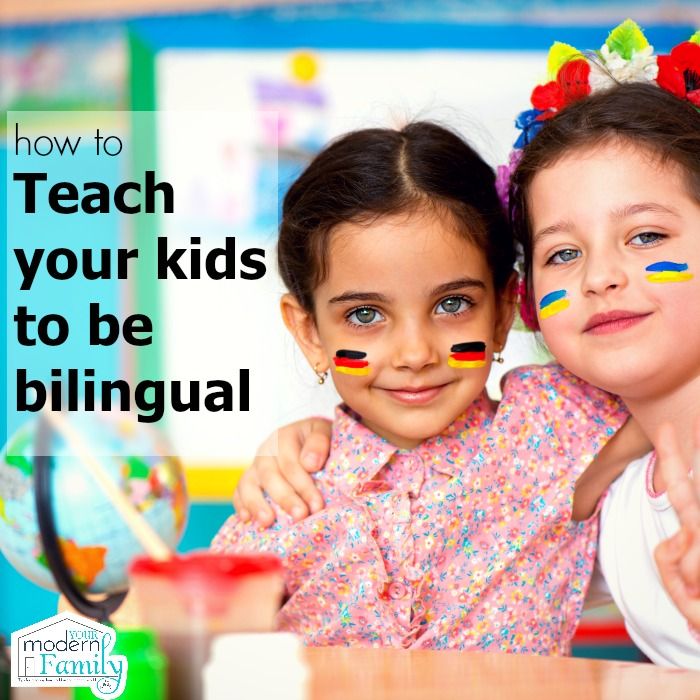 Simply put, the baby will easily understand by ear where the house and the bow are, and where the tom and the hatch are.
Simply put, the baby will easily understand by ear where the house and the bow are, and where the tom and the hatch are. - Your child pronounces all the sounds and has no speech problems.
Natalya Zharikova
Speech therapist teacher with 33 years of experience
A child with speech therapy problems does not hear and does not distinguish similar sounds. From here come errors with speech, and subsequently with reading, and even more often with writing. It is very difficult for a parent to identify violations on their own, so usually a teacher or a speech therapist can point this out to them. nine0005
How to teach your child to read
Be patient and follow these simple guidelines.
Set an example
In a family where there is a culture and tradition of reading, children themselves will reach for books. Read not because it is necessary and useful, but because it is a pleasure for you.
Read together and discuss
Read aloud to the child, and then look at the pictures together, encouraging interaction with the book: “Who is this drawn? Can you show me the cat's ears? And who is that standing next to her?” Older children can be asked more difficult questions: “Why did he do this? What do you think will happen next?" nine0005
Don't learn the letters as they are called in the alphabet
Instead, help your child remember the sound the letter makes.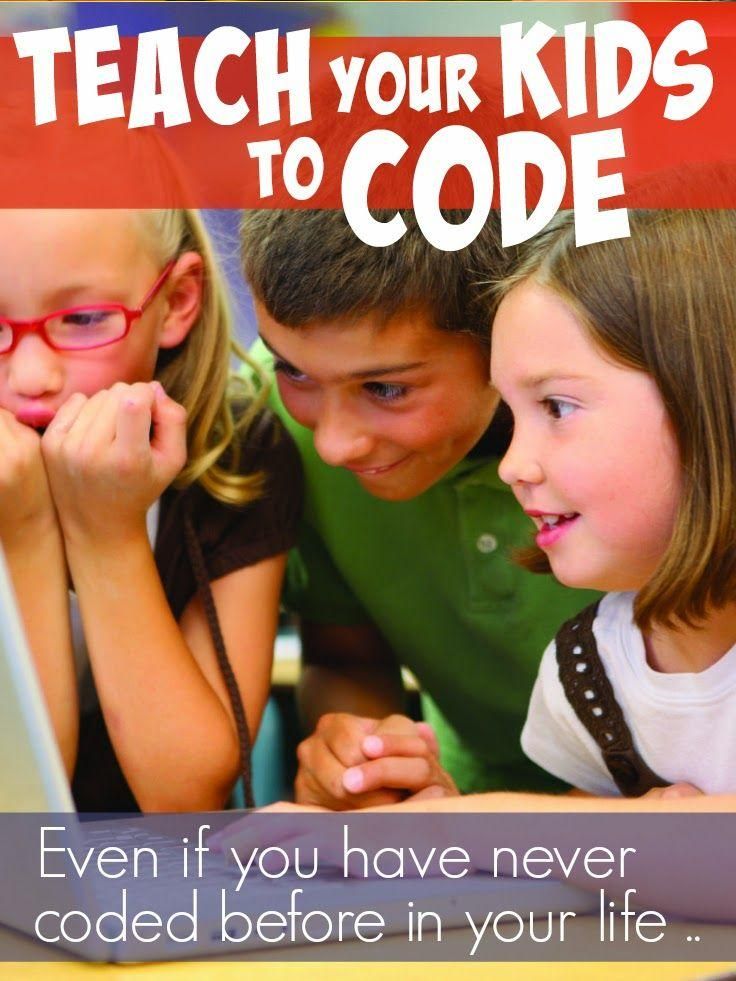 For example, you show the letter "m" and say: "This is the letter m (not em )". If a child memorizes the alphabetic names of letters ( em , es, ef and so on), it will be quite difficult for him to learn to read. Then, when he sees the word ra-ma in the book, he will try to pronounce er-a-um-ah .
For example, you show the letter "m" and say: "This is the letter m (not em )". If a child memorizes the alphabetic names of letters ( em , es, ef and so on), it will be quite difficult for him to learn to read. Then, when he sees the word ra-ma in the book, he will try to pronounce er-a-um-ah .
Go from easy to hard
Once the child has memorized a few letters (from 2 to 5) and the sounds they represent, move on to syllables. Let the words consisting of repeating syllables be the first: ma-ma, pa-pa, uncle, nanny . In this case, it is not necessary to break the syllable into separate sounds. Do not say: "These are the letters m and a , and together they read ma ". Immediately learn that the syllable is pronounced like ma , otherwise the baby may start to read letter by letter. After mastering simple combinations, move on to more complex ones: ko‑t, zhu‑k, house .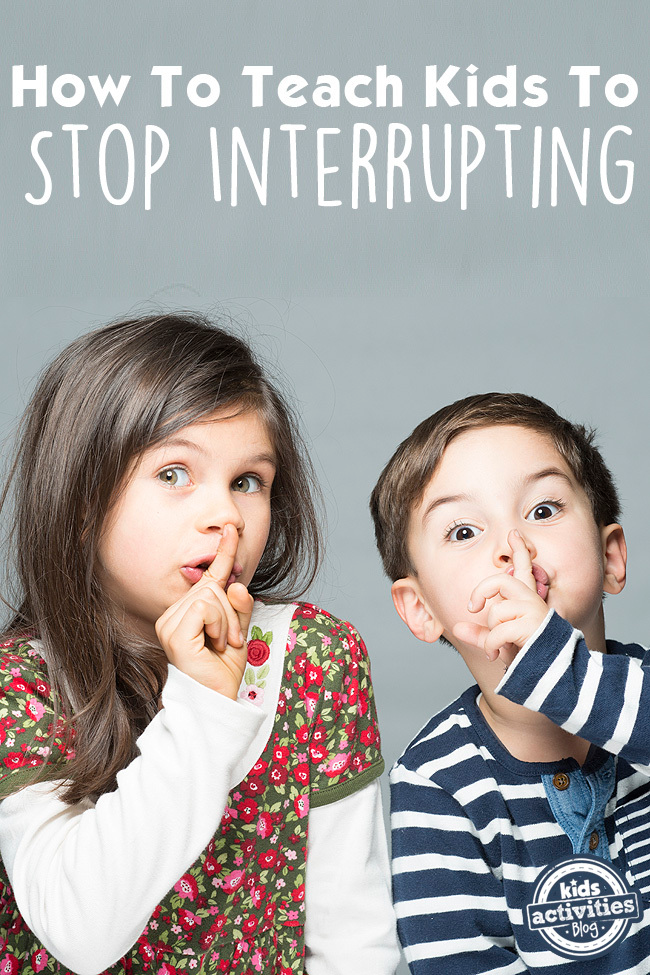
Help to understand the meaning of what they read
Do this when the child begins to slowly but surely reproduce words and whole sentences in syllables. For example, the kid read: "Mom washed the frame." Stop and ask: “What did you just read about?”. If he finds it difficult to answer, let him read the sentence again. And you ask more specific questions: “Who washed the frame? What did mom wash?
Show that letters are everywhere
Play a game. Let the child find the letters that surround him on the street and at home. These are the names of stores, and memos on information stands, and advertising on billboards, and even traffic light messages: it happens that the inscription “Go” lights up on green, and “Wait so many seconds” on red. nine0005
Play
And play again. Stack blocks with letters and syllables, make up words, ask your child to read you some kind of sign or inscription on the packaging in the store.
Natalya Zharikova
There are many exercises for memorizing letters.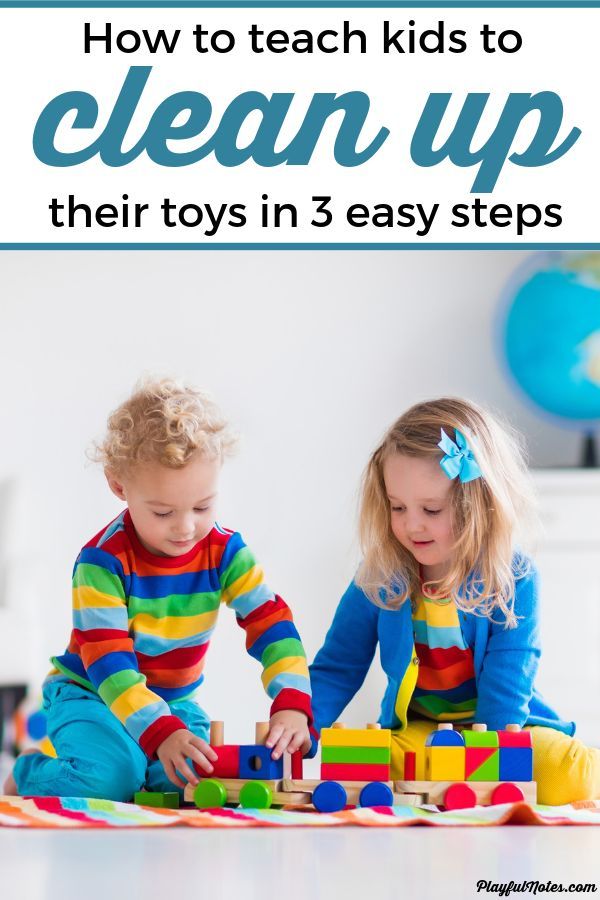 For example, circle the desired letter among a number of others, circle the correctly written among the incorrect ones, color or shade. You can also ask the child to tell what the letter looks like.
For example, circle the desired letter among a number of others, circle the correctly written among the incorrect ones, color or shade. You can also ask the child to tell what the letter looks like.
Use every opportunity to train
Whether you are waiting in line at the clinic or driving somewhere, take out a book with pictures and short stories to them and invite your child to read together.
Build on your success
Repeat familiar texts, look for familiar characters in new stories. Runaway Bunny is found both in "Teremka" and "Kolobok".
Do not force
This is perhaps the most important thing. Don't take away a child's childhood. Learning should not go through violence and tears. nine0005
What techniques to use to teach your child to read
Here are six popular, affordable and effective techniques. Choose one or try several and choose the one that interests your child the most.
1. ABCs and primers
Frame: This is all mine / YouTube Traditional, but the longest way.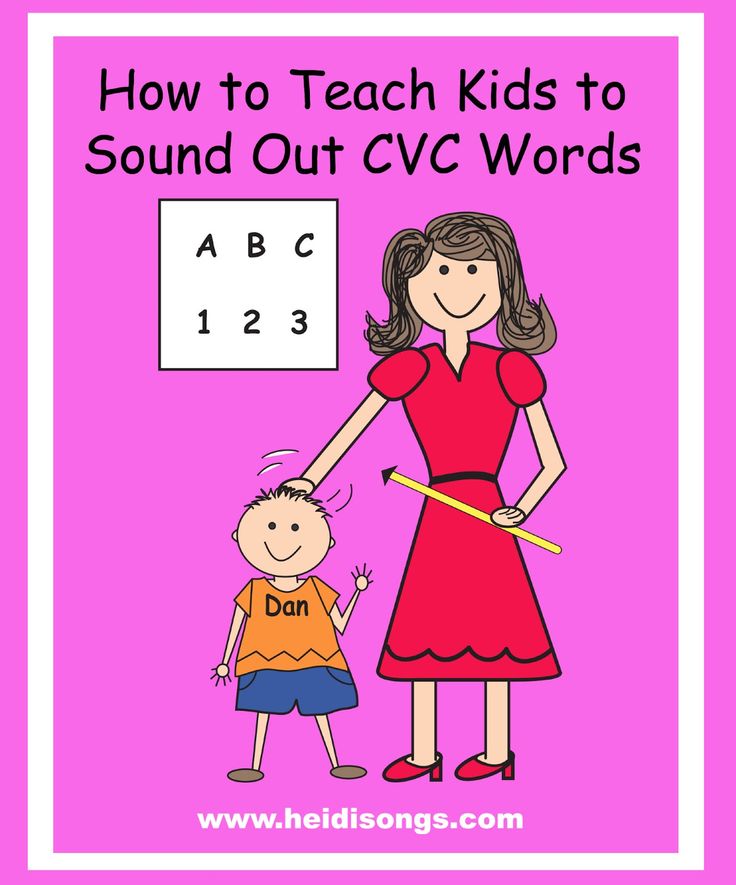 The difference between these books is that the alphabet fixes each letter with a mnemonic picture: on the page with B a drum will be drawn, and next to Yu - Yula. The alphabet helps to remember letters and often interesting rhymes, but will not teach you how to read.
The difference between these books is that the alphabet fixes each letter with a mnemonic picture: on the page with B a drum will be drawn, and next to Yu - Yula. The alphabet helps to remember letters and often interesting rhymes, but will not teach you how to read.
The primer consistently teaches the child to combine sounds into syllables, and syllables into words. This process is not easy and requires perseverance.
There are quite a lot of author's primers now. According to the books of Nadezhda Betenkova, Vseslav Goretsky, Dmitry Fonin, Natalya Pavlova, children can study both with their parents before school and in the first grade.
Parents agree that one of the most understandable methods for teaching preschoolers is Nadezhda Zhukova's primer. The author simply explains the most difficult thing for a child: how to turn letters into syllables, how to read ma-ma rather than start calling individual letters me-a-me-a .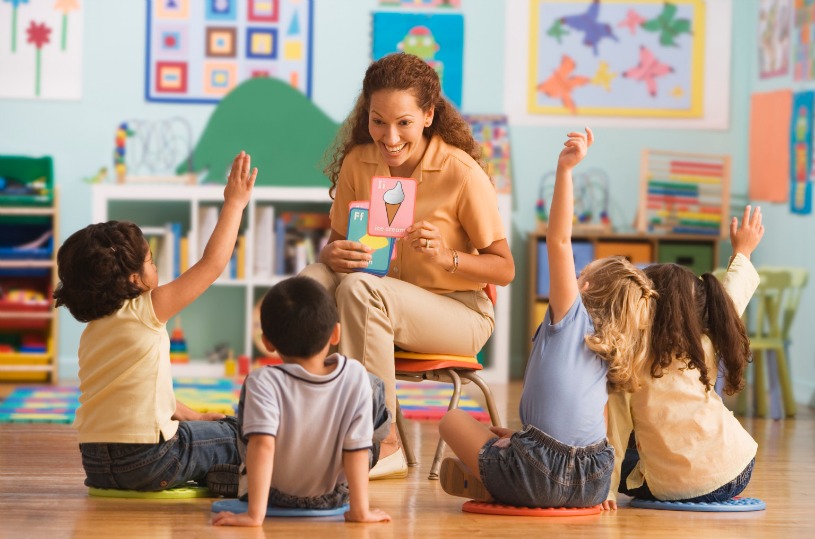
2. Zaitsev's Cubes
Shot: Little Socrates / YouTubeIf a child consistently learns letters and syllables while learning from an ABC book, then in 52 Zaitsev's Cubes he is given access to everything at once: a single letter or combinations of consonant and vowel, consonant and hard or soft sign.
The child effortlessly learns the differences between voiceless and voiced sounds, because the cubes with voiceless consonants are filled with wood, and the cubes with voiced consonants are filled with metal. nine0005
The cubes also differ in size. The large ones depict hard warehouses, the small ones - soft ones. The author of the technique explains this by the fact that when we pronounce to (hard warehouse), the mouth opens wide, or (soft warehouse) - lips in a half smile.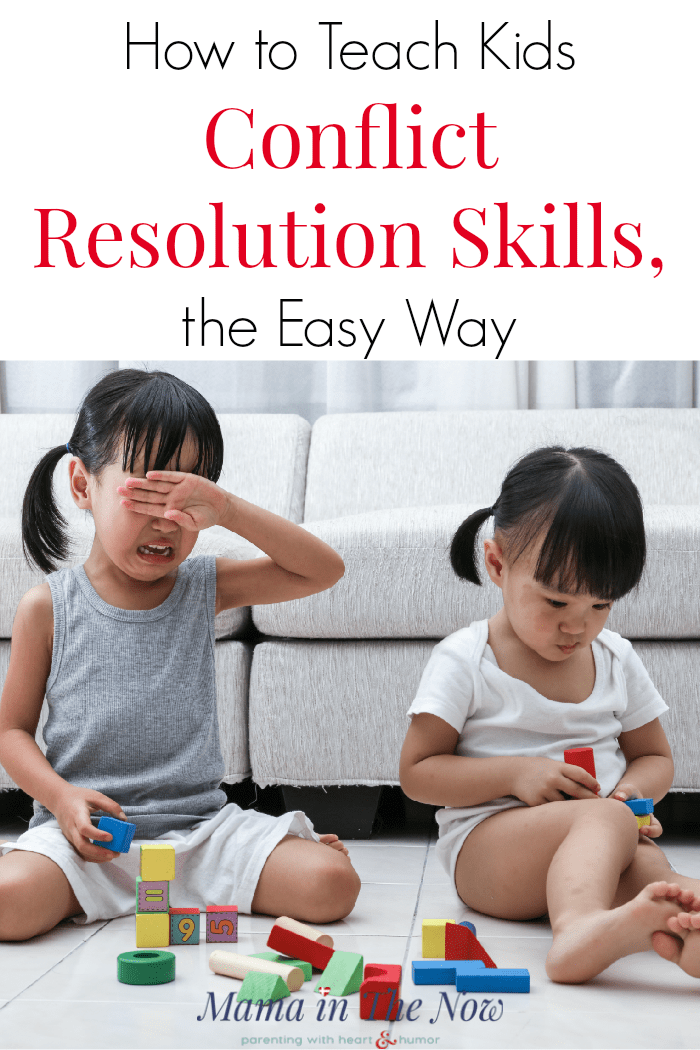
The set includes tables with warehouses that the parent sings (yes, he doesn’t speak, but sings).
The child quickly masters warehouse reading with the help of cubes. But there are also disadvantages: he may begin to swallow endings and face difficulties already at school when parsing a word by composition. nine0005
3. "Skladushki" and "Teremki" by Vyacheslav Voskobovich
Shot: Games and Toys Club / YouTubeIn "Skladushki" Vyacheslav Voskobovich reworked Zaitsev's idea: 21 cards show all the warehouses of the Russian language with nice thematic pictures. Included is a CD with songs, the texts of which go under each picture.
Folders are great for kids who like looking at pictures. Each of them is an occasion to discuss with the child where the kitten is, what the puppy is doing, where the beetle flew.
nine0005
It is possible to teach a child with these cards from the age of three. At the same time, it should be noted that the author of the methodology himself does not consider it necessary to force early development.
Voskobovich's "Teremki" consist of 12 wooden cubes with consonants and 12 cardboard cubes with vowels. First, the child gets acquainted with the alphabet and tries with the help of parents to come up with words that begin with each of the letters.
Then it's time to study the syllables. In the tower with the letter M is embedded A - and the first syllable is ma . From several towers you can lay out words. Learning is based on play. So, when replacing the vowel , the house will turn into smoke .
You can start playing tower blocks from the age of two. At the same time, parents will not be left alone with the cubes: the kit includes a manual with a detailed description of the methodology and game options.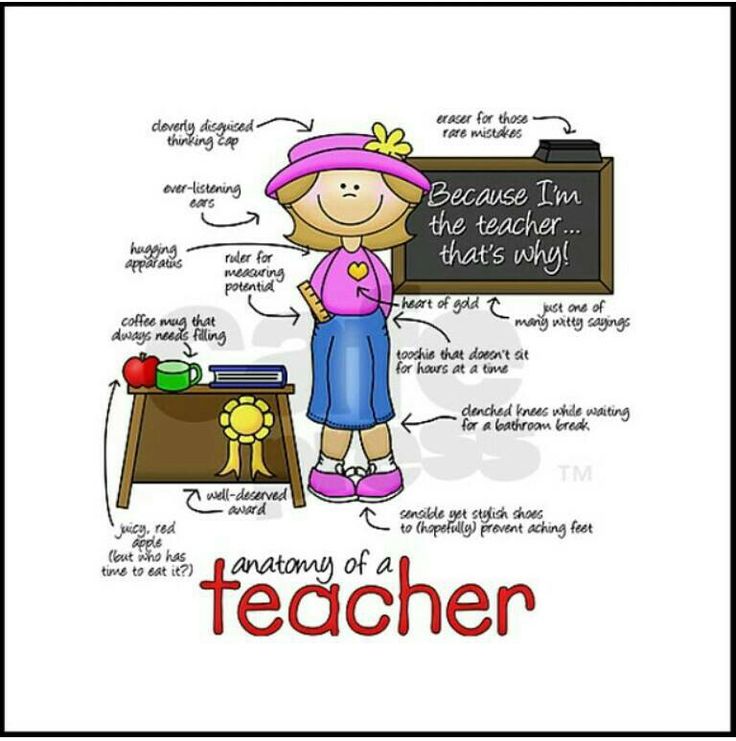
4. Chaplygin's dynamic cubes
Shot: Both a boy and a girl! Children's channel - We are twins / YouTubeEvgeny Chaplygin's manual includes 10 cubes and 10 moving blocks. Each dynamic block consists of a pair - a consonant and a vowel. The task of the child is to twist the cubes and find a pair.
At the initial stage, as with any other method of learning to read in warehouses, the child makes the simplest words from repeating syllables: ma-ma, pa-pa, ba-ba . The involved motor skills help to quickly remember the shape of the letters, and the search for already familiar syllables turns into an exciting game. The cubes are accompanied by a manual describing the methodology and words that can be composed. nine0005
The optimal age for classes is 4-5 years. You can start earlier, but only in the game format.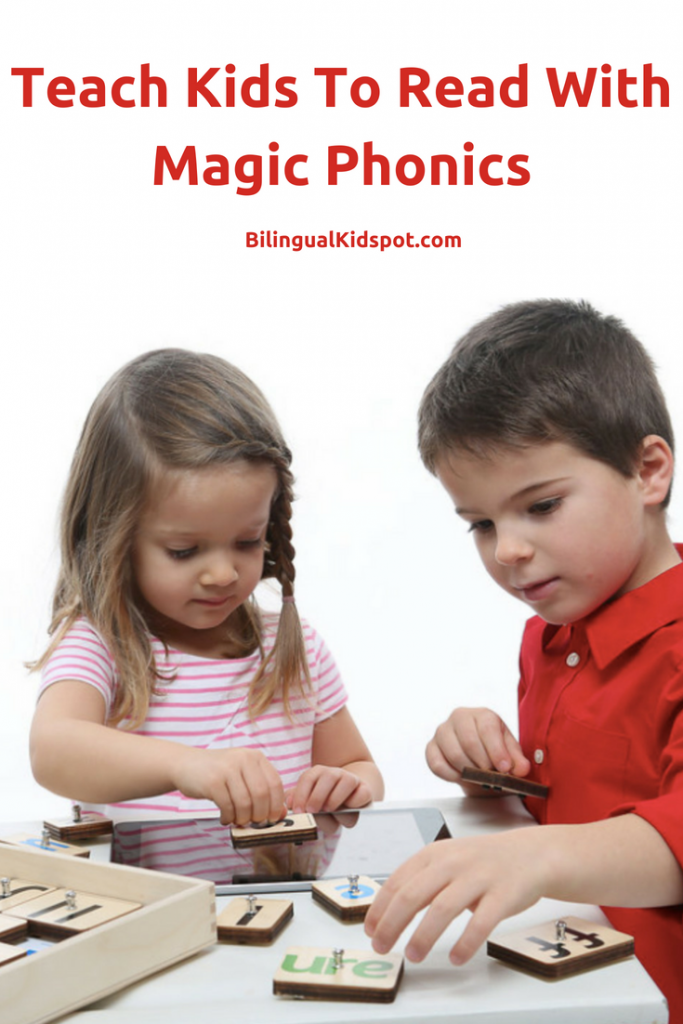
5. Doman's cards
Frame: My little star / YouTubeAmerican doctor Glenn Doman suggests teaching children not individual letters or even syllables, but whole words. Parents name and show the child the words on the cards for 1-2 seconds. In this case, the baby is not required to repeat what he heard.
Classes start with 15 cards with the simplest concepts like female and male . Gradually, the number of words increases, those already learned leave the set, and the child begins to study phrases: for example, color + object, size + object.
How can one understand that a child has understood and memorized the visual image of a word, if the author of the methodology recommends starting classes from birth? Glenn Doman in "The Harmonious Development of the Child" strongly emphasizes that it is not necessary to arrange tests and checks for the child: kids do not like this and lose interest in classes.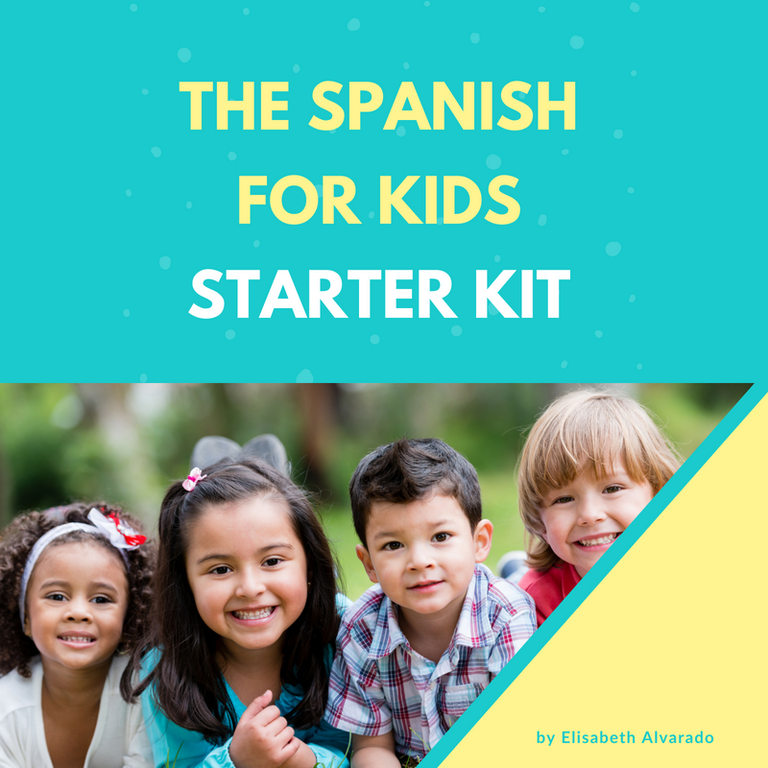 nine0005
nine0005
It's better to remember 50 cards out of 100 than 10 out of 10.
Glenn Doman
But given that parents can't help but check, he advises the child to play the game if they are willing and ready. For example, you can put a few cards and ask to bring one or point to it.
Today, psychologists, neurophysiologists and pediatricians agree that the Doman method is aimed not at teaching reading, but at mechanical memorization of visual images of words. The child turns out to be an object of learning and is almost deprived of the opportunity to learn something on his own. nine0005
It is also worth adding: in order to proceed to the stage of reading according to Doman, parents need to prepare cards with all (!) words that are found in a particular book.
6. Montessori method
Photo: Kolpakova Daria / Shutterstock Montessori reading comes from the opposite: first we write and only then we read. Letters are the same pictures, so you first need to learn how to draw them and only then engage in pronunciation and reading.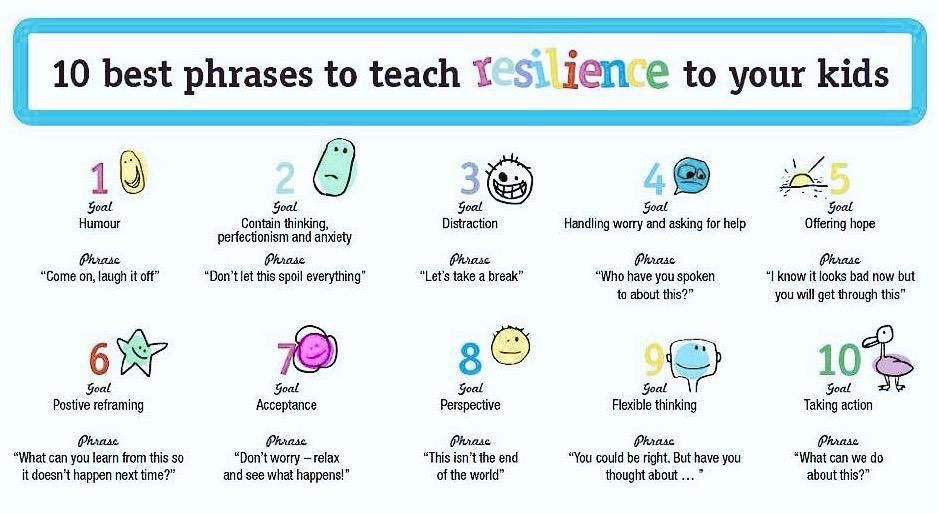 Children begin by tracing and shading the letters, and through this, they memorize their outline. When several vowels and consonants have been studied, they move on to the first simple words. nine0005
Children begin by tracing and shading the letters, and through this, they memorize their outline. When several vowels and consonants have been studied, they move on to the first simple words. nine0005
Much attention is paid to the tactile component, so children can literally touch the alphabet cut out of rough or velvety paper.
The value of the method lies in learning through play. So, you can put a rough letter and a plate of semolina in front of the child and offer to first circle the sign with your finger, and then repeat this on the semolina.
The challenge for parents is purchasing or stocking up a significant amount of handouts. But you can try to make cards with your own hands from cardboard and sandpaper. nine0005
What's the result
On the Internet and on posters advertising "educators", you will be offered ultramodern methods of teaching your child to read at three, two or even from birth.